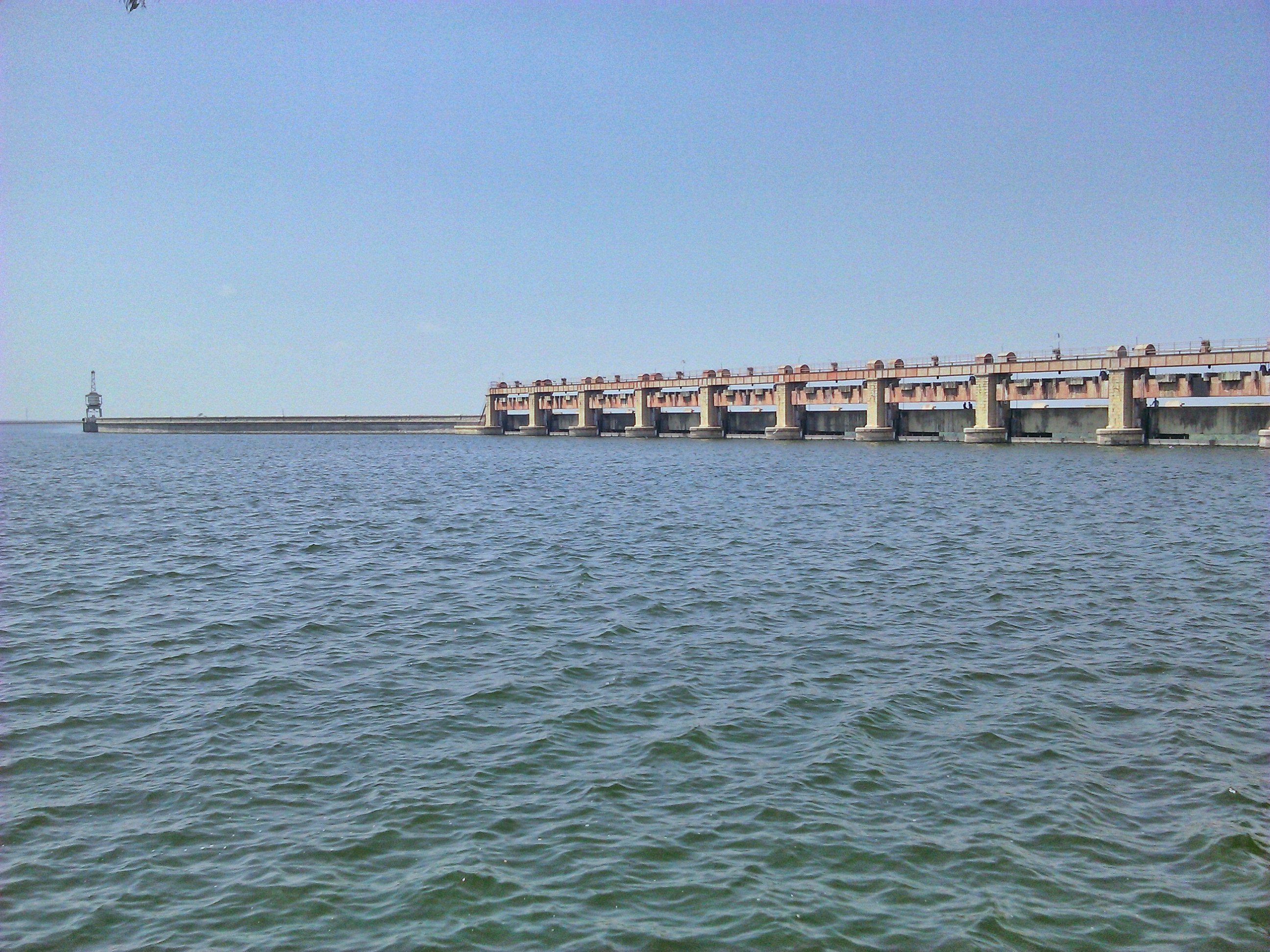Rising temperatures causing SA dam levels to drop week-on-week: DWS
“The trend is expected to continue until the first summer rains come down at the end of October this year,” the department said on Thursday.

- Country:
- South Africa
The Department of Water and Sanitation says rising spring temperatures are causing the country’s dam levels to continue to drop week-on-week.
“The trend is expected to continue until the first summer rains come down at the end of October this year,” the department said on Thursday.
According to the department’s latest weekly report, since the beginning of August, temperatures have soared to an average 23 degrees Celsius in most provinces, causing water reservoirs to drop by a percentage due to evaporation.
“Most dams have dropped marginally, but the water situation is fairly satisfactory with 21 713.4 cubic metres (60%) of volumes water stored in South Africa’s reservoirs,” the department said.
However, the report noted that total winter rains in the Western Cape have increased the province’s dam levels to 68.9%, a one percent improvement from last week’s recordings.
“The province’s levels are expected to increase exponentially as more rains are expected to drench major parts of the province in the next few months before the end of a local hydrological wet season in November.”
Even though the Free State is among the provinces that are affected by evaporation, the province continues to store large volumes of water in the Gariep, Vanderkloof and Sterkfontein dams.
Sterkfontein retained last week’s level of 94% while Gariep the biggest dam in the country, recorded 64.9% and Vanderkloof remained stable at 85.8%.
Gauteng’s smaller dams have also dropped marginally from 99.1% to 98.8% this week, with Bronkhorstspruit Dam in eastern Pretoria dropping from 97% to 96.7%, while Bon Accord in Pretoria north increased slightly from 104.5% to 105.1%.
Roodeplaat and Rietvlei dams remained stable at 100.2% and 99.1% respectively.
In the past week, Northern Cape dam levels increased from 89.9% to 92.9% this week.
KwaZulu-Natal reservoirs remain stable at 58.5% with its coastal belt receiving sporadic rains.
However, the department warned that inner parts of the province, especially Zululand and Umkhanyakude districts, remain dry due to lack of rain.
The North West is holding out at 68.2% having dropped from 68.8% last week. However, the Madibeng, Bojanala and Tswaing Districts continue to experience acute water shortages.
The department said that it is working together with Madibeng Municipality to supply water with water tanks in Maboloka, Jericho, Mothutlung and parts of Letlhabile.
Mpumalanga and Limpopo provinces recorded 70. 2% and 62.6% respectively.
Nandoni Dam continues to be a reliable source of water for the Mopani District Municipality with current dam levels at 99.5%.
“An estimated 57 villages in Giyani rely almost exclusively on the water that is piped from Nandoni Dam. The project is constructed and managed by the Construction Unit of Water and Sanitation,” the department noted.
Eastern Cape is the only province whose dam levels are threatening to plunge below half as they teeter at 51.2%. The province has dropped last week’s water volumes in its reservoirs from 932. 7 cubic metres to 926.6 cubic metres this week
The department has urged South Africans to continue saving water and assured them there is no need to panic.
“The current state of water is normal during this time of the season and dam levels are generally expected to increase when rains begin to come down in earnest in the next few months,” the department said.
(With Inputs South African Government Press Release)
- READ MORE ON:
- Nandoni Dam
- Mopani District Municipality
- dam










